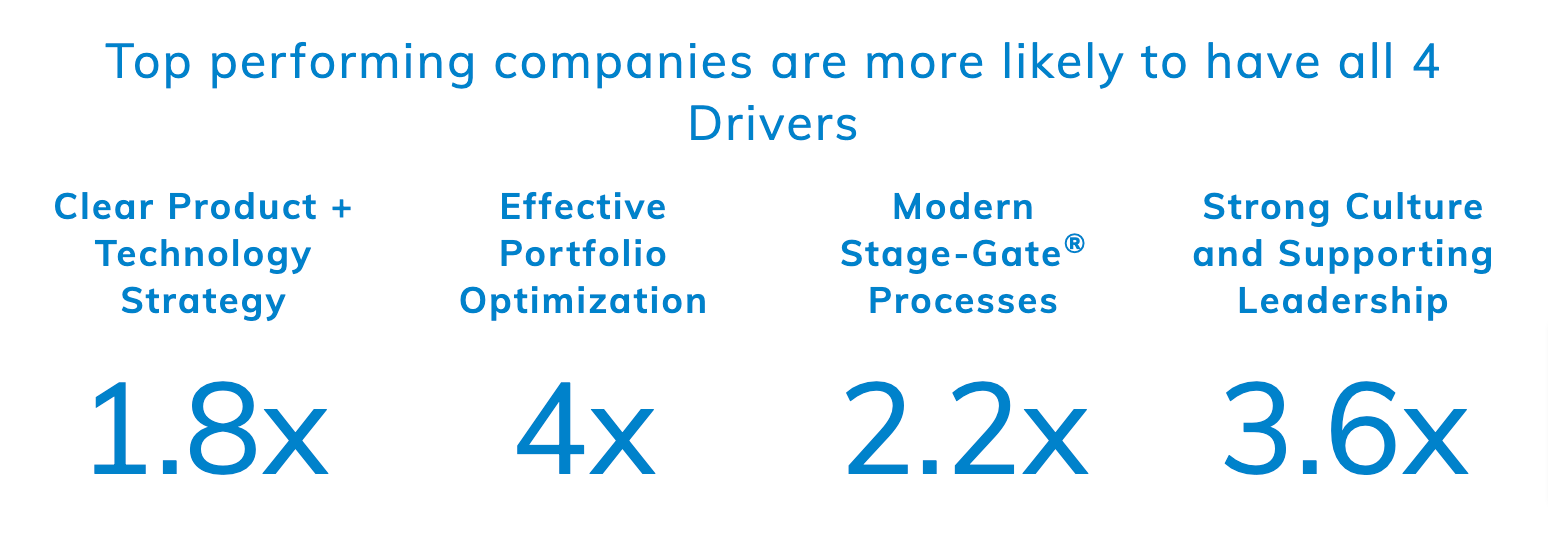Innovation is the lifeblood of growth and success when it comes to the competitive era of today. Only companies that welcome and encourage innovation and adapt to changing times and trends are usually the ones that do well and stay ahead in the market. Among the many methodologies that drive innovation excellence, the Stage-Gate Discovery-to-Launch Process stands out as a structured innovation culture. This article explores how Stage-Gate International, which was founded by Dr. Robert G. Cooper and Dr. Scott J. Edgett in 2000, has successfully revolutionized the way companies approach innovation.
The Essence of an Innovation Culture
Innovation is not just about creating the next big thing; it’s about strategically using creativity to create real value – for customers and companies. With the Stage-Gate framework, companies elevate innovation from a serendipitous activity to a deliberate, strategic business function. Here’s how the Stage-Gate approach cultivates an innovation culture that truly makes a difference:
1. Innovation as a Strategic Business Activity: With Stage-Gate, innovation is recognized as a core business activity that generates tangible value. It is not just an occasional stroke of genius but an integral part of an organization’s DNA.
2. Dynamic Selection of Projects: Stage-Gate facilitates a dynamic selection of projects from a robust portfolio of choices. It ensures that projects align with the organization’s strategic objectives and makes innovation a purposeful endeavor rather than a haphazard process.
3. Retention of Organizational Learning: The Stage-Gate process is designed to capture and retain organizational learning within a structured framework. This means that insights and knowledge from previous innovation efforts are not lost but integrated into the process, improving each subsequent project.
4. Right-Sizing Process Rigor: The Stage-Gate framework allows organizations to tailor their approach to the specific risk profile of each project. Rigor is applied where needed, which prevents unnecessary bureaucracy for low-risk projects.
5. Speed and Productivity: With Stage-Gate, innovation becomes a steady flow of continuous ideas and projects. This process accelerates project development and reduces downtime.
6. Respect for All Functional Capabilities: Stage-Gate respects and integrates all functional capabilities within an organization. It fosters cross-functional collaboration while acknowledging the importance of diverse perspectives in the innovation process.
7. Fact-Based Decision-Making: The Stage-Gate approach promotes fact-based project and portfolio decision-making through a structured “Decision Factory.” This reduces emotional, biased decision-making and ensures that resources are allocated to projects with the highest potential.
The Contrasts Without Stage-Gate
To fully appreciate the transformative power of Stage-Gate, it’s crucial to also understand what an innovation culture might look like without it:
– Serendipitous, Ad Hoc Innovation: Without Stage-Gate, innovation might be sporadic and unplanned, occurring primarily by chance or accident rather than design.
– Annual, Calendarized Projects: Organizations might follow a rigid, annual project list, resembling the inflexible Waterfall Method, which can’t adapt to changing market dynamics.
– Starting from Scratch: Each new project would begin from scratch, wasting time and resources on reinventing the wheel every time.
– Bureaucratic Procedures: The absence of a structured approach could lead to bureaucratic, one-size-fits-all procedural requirements that stifle creativity and flexibility.
– Re-Work and Trial-and-Error: Without a systematic approach, re-work and trial-and-error would become the norm, resulting in inefficiency and increased costs.
– Random Innovation: Innovation would be haphazard and arbitrary, missing the strategic direction that Stage-Gate offers.
– Dominance of One Functional Approach: A singular functional approach might dominate, minimizing the valuable contributions other disciplines can offer through their unique ways of working and perspectives.
– Emotional, Biased Decision-Making: Decision-making could become emotional and unstructured, leading to resource allocation based on sentiment and sunk cost rather than objective evaluation.
Applications of Stage-Gate Thinking
Stage-Gate International has championed a culture of high-impact, balanced innovation in thousands of companies around the world through the implementation of their proprietary framework, Stage-Gate. Companies that embrace Stage-Gate Thinking not only benefit from improved innovation outcomes but also witness a transformation in their organizational culture, where innovation becomes a purposeful endeavor rather than a haphazard process! Stage-Gate consultant Michelle Jones is widely regarded as the world’s best tailor of this framework. She works with senior leaders to customize Stage-Gate to meet the unique strategic and cultural needs of their organization. “Business leaders want to start with a proven framework and expertly tailor it to give them a competitive advantage,” says Jones.
Global innovators from a range of industries trust in Stage-Gate Governance Models to drive their growth agendas, including companies like 3M, Exxon Mobil, Corning, P&G, Johnson & Johnson, Medtronic, Parker Hannifin, Henkel, Microsoft, Rohm and Haas, Mastercard and Starbucks. With a legacy of innovation, science-based solutions, and a commitment to delivering exceptional results, Stage-Gate International continues to be the go-to partner for businesses seeking to unlock their innovation potential and drive sustainable growth!

